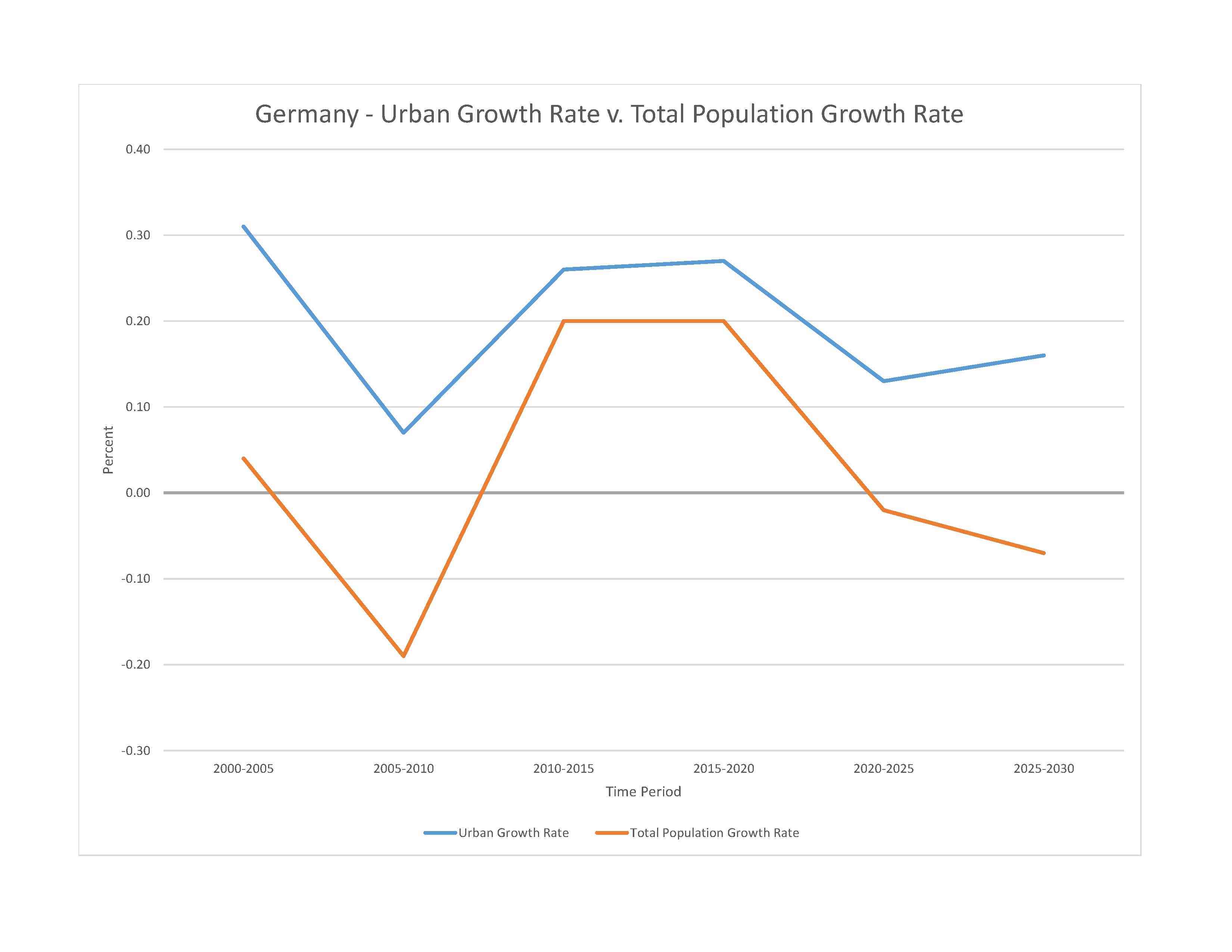
emissions from coal-burning utilities and industries contribute to air pollution; acid rain, resulting from sulfur dioxide emissions, is damaging forests; pollution in the Baltic Sea from raw sewage and industrial effluents from rivers in eastern Germany; hazardous waste disposal; government established a mechanism for ending the use of nuclear power by 2022; government working to meet EU commitment to identify nature preservation areas in line with the EU's Flora, Fauna, and Habitat directive
party to: Air Pollution, Air Pollution-Heavy Metals, Air Pollution-Multi-effect Protocol, Air Pollution-Nitrogen Oxides, Air Pollution-Persistent Organic Pollutants, Air Pollution-Sulphur 85, Air Pollution-Sulphur 94, Air Pollution-Volatile Organic Compounds, Antarctic-Environmental Protection, Antarctic-Marine Living Resources, Antarctic Seals, Antarctic Treaty, Biodiversity, Climate Change, Climate Change-Kyoto Protocol, Climate Change-Paris Agreement, Comprehensive Nuclear Test Ban, Desertification, Endangered Species, Environmental Modification, Hazardous Wastes, Law of the Sea, Marine Dumping-London Convention, Marine Dumping-London Protocol, Nuclear Test Ban, Ozone Layer Protection, Ship Pollution, Tropical Timber 2006, Wetlands, Whaling
signed, but not ratified: none of the selected agreements
temperate and marine; cool, cloudy, wet winters and summers; occasional warm mountain (foehn) wind
agricultural land: 48% (2018 est.)
arable land: 34.1% (2018 est.)
permanent crops: 0.6% (2018 est.)
permanent pasture: 13.3% (2018 est.)
forest: 31.8% (2018 est.)
other: 20.2% (2018 est.)
urban population: 77.8% of total population (2023)
rate of urbanization: 0.13% annual rate of change (2020-25 est.)

0.03% of GDP (2018 est.)
0.02% of GDP (2018 est.)
particulate matter emissions: 10.73 micrograms per cubic meter (2019 est.)
carbon dioxide emissions: 727.97 megatons (2016 est.)
methane emissions: 49.92 megatons (2020 est.)
municipal solid waste generated annually: 51.046 million tons (2015 est.)
municipal solid waste recycled annually: 24,415,302 tons (2015 est.)
percent of municipal solid waste recycled: 47.8% (2015 est.)
fresh water lake(s): Lake Constance (shared with Switzerland and Austria) - 540 sq km
salt water lake(s): Stettiner Haff/Zalew Szczecinski (shared with Poland) - 900 sq km
Donau (Danube) river source (shared with Austria, Slovakia, Hungary, Croatia, Serbia, Bulgaria, Ukraine, Moldova, and Romania [m]) - 2,888 km; Elbe river mouth (shared with Czechia [s]) - 1,252 km; Rhein (Rhine) (shared with Switzerland [s], France, and Netherlands [m]) - 1,233 km
note – [s] after country name indicates river source; [m] after country name indicates river mouth
Atlantic Ocean drainage: Rhine-Maas (198,735 sq km), (Black Sea) Danube (795,656 sq km)
municipal: 10.4 billion cubic meters (2020 est.)
industrial: 17.68 billion cubic meters (2020 est.)
agricultural: 400 million cubic meters (2020 est.)
154 billion cubic meters (2020 est.)
total global geoparks and regional networks: 8
global geoparks and regional networks: Bergstraße-Odenwald ; Harz, Braunschweiger Land; Swabian Alb; TERRA.vita; Vulkaneifel; Thuringia Inselsberg -Drei Gleichen; Muskauer Faltenbogen / Łuk Mużakowa (includes Poland); Ries (2023)
NOTE: The information regarding Germany on this page is re-published from the 2024 World Fact Book of the United States Central Intelligence Agency and other sources. No claims are made regarding the accuracy of Germany 2024 information contained here. All suggestions for corrections of any errors about Germany 2024 should be addressed to the CIA or the source cited on each page.
This page was last modified 04 May 24, Copyright © 2024 ITA all rights reserved.